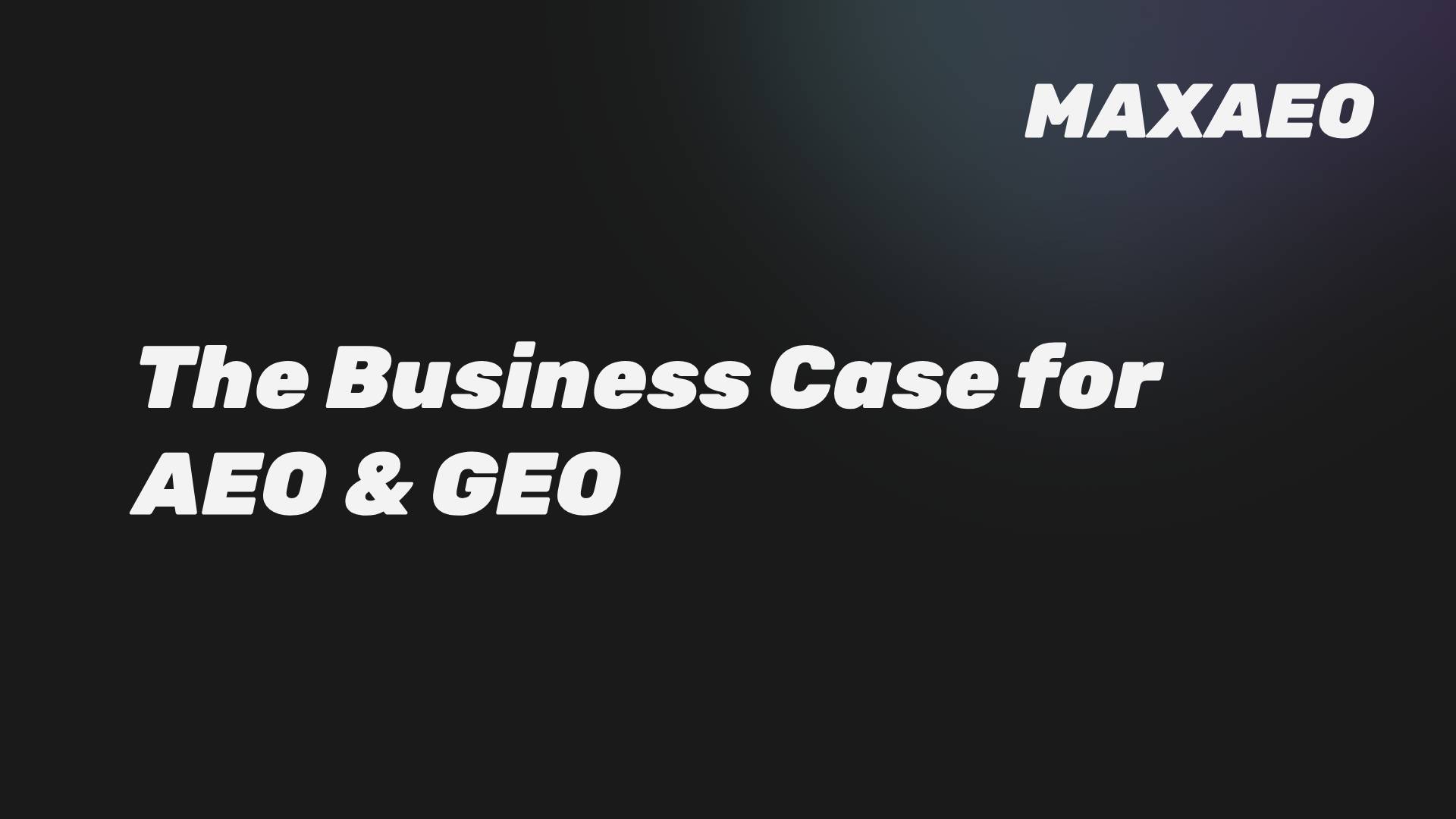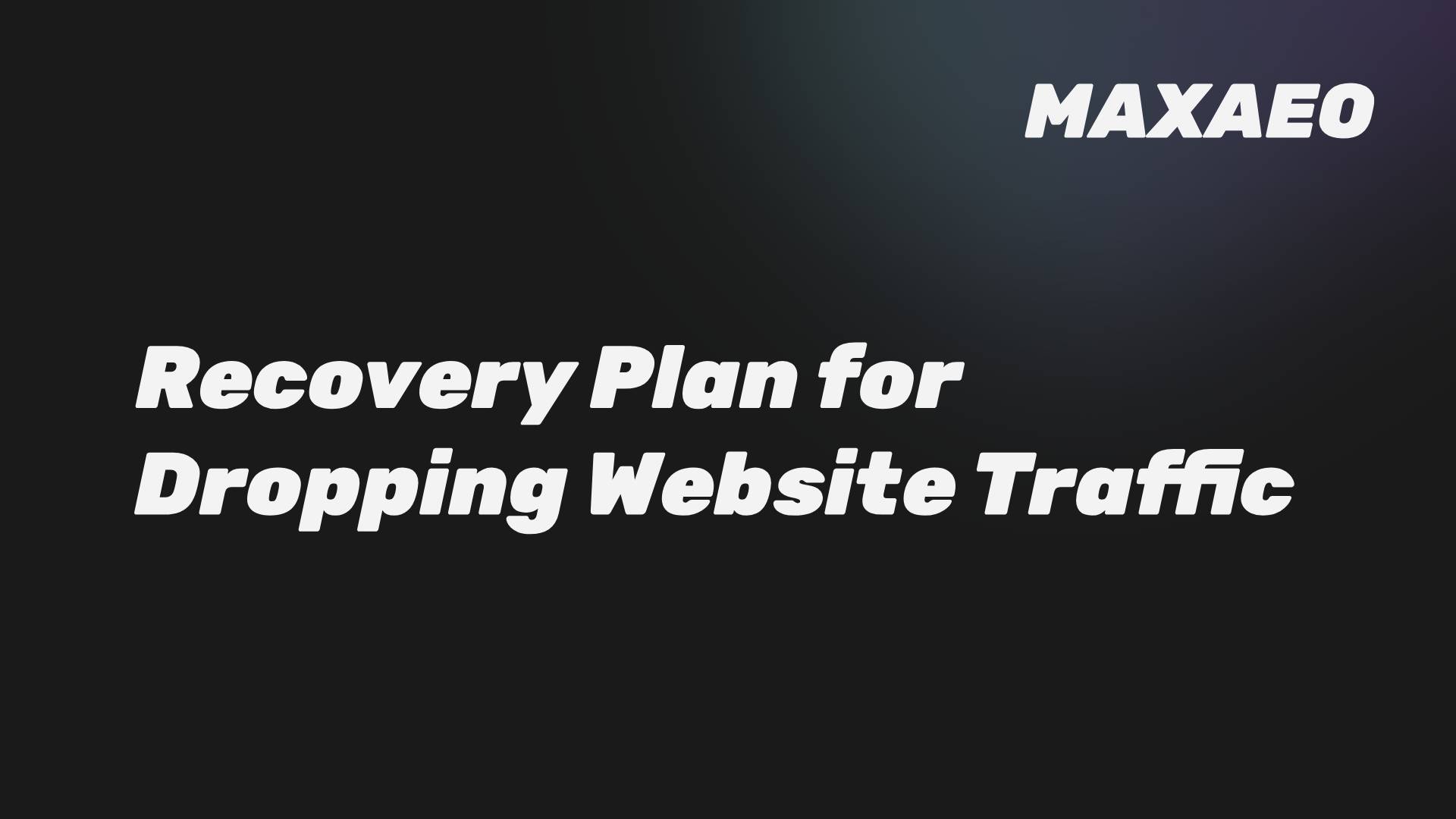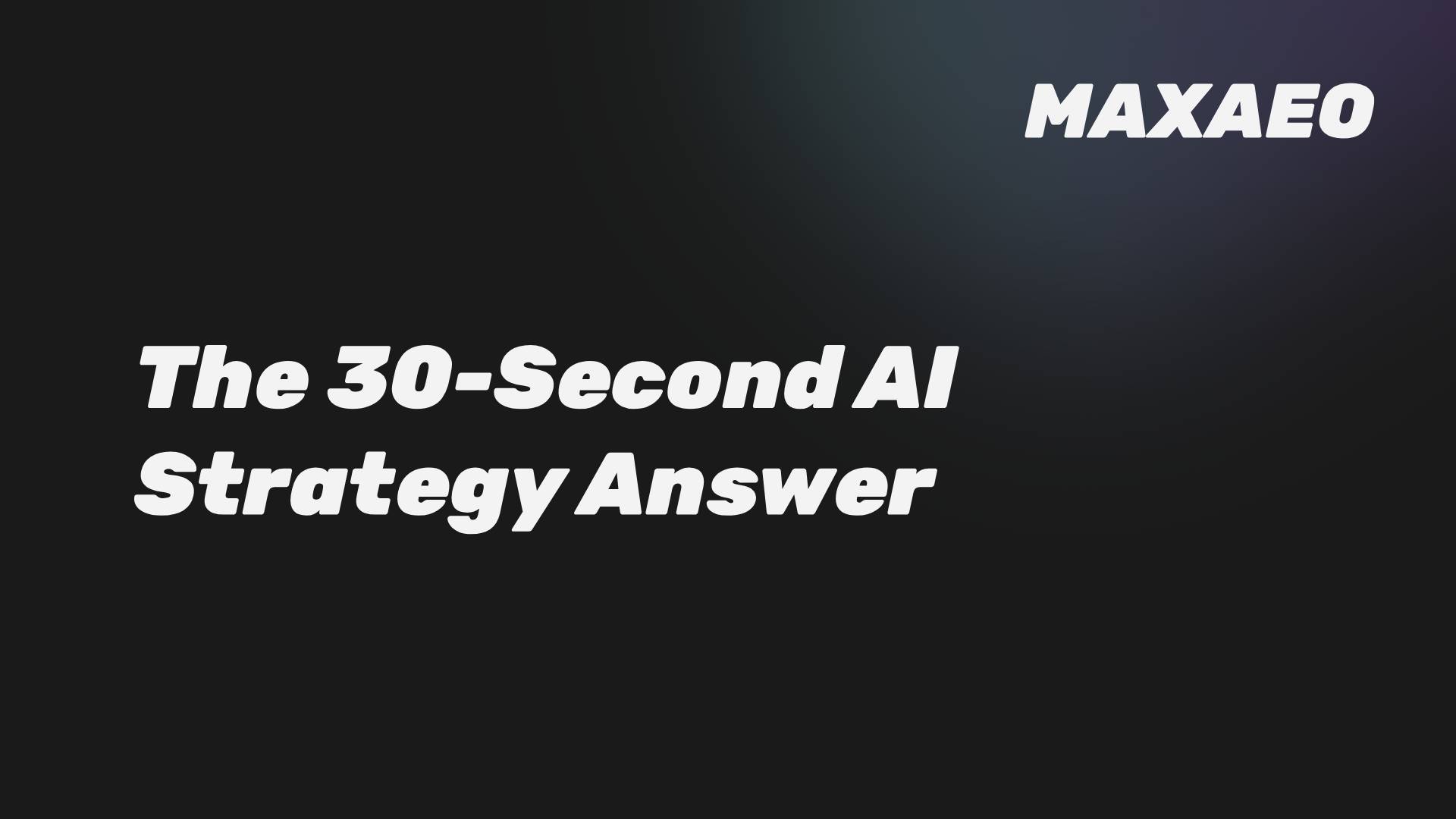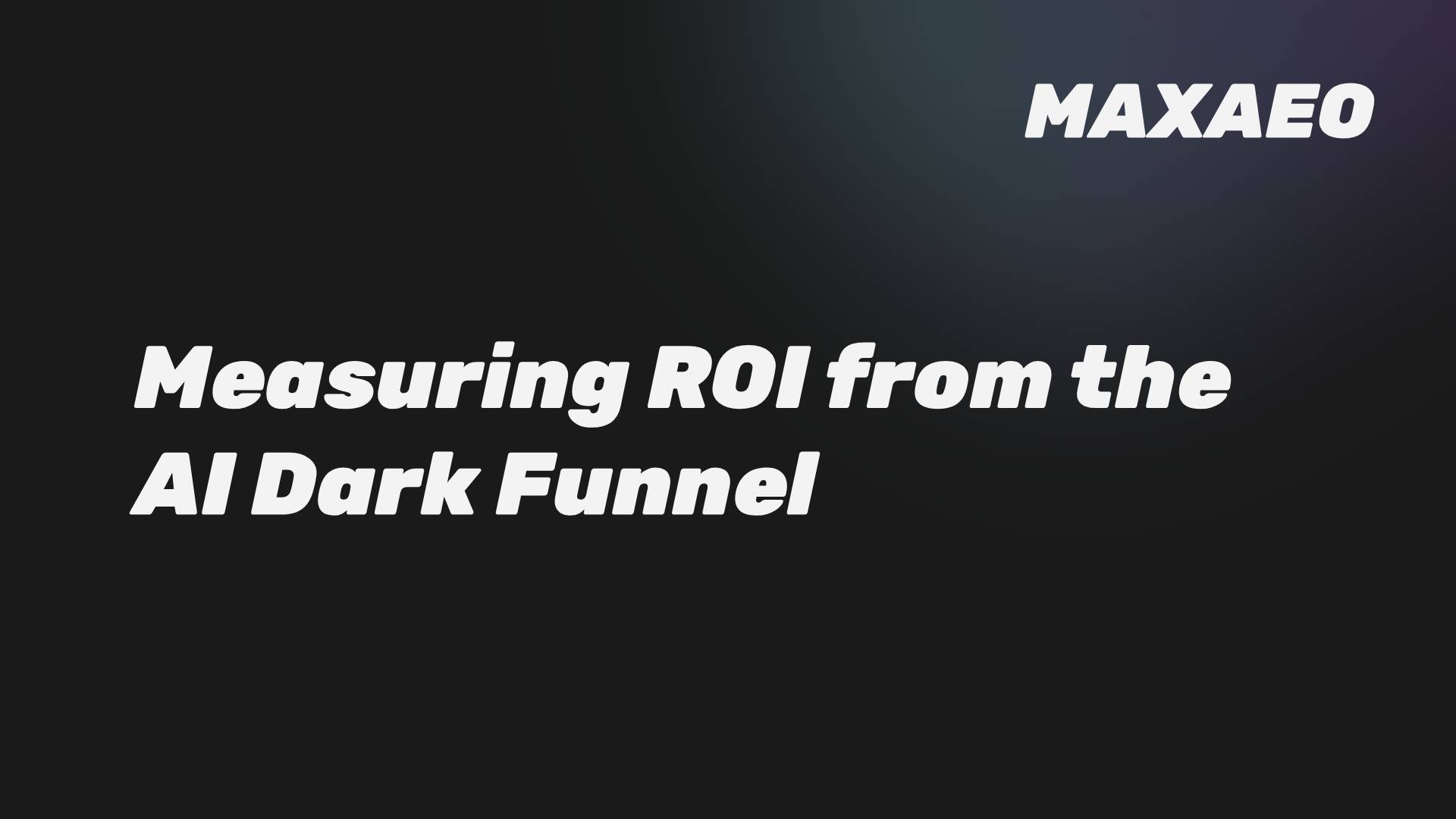· Anton Grant · AI Optimization · 4 min read
Prove Marketing ROI in 2026: The New Attribution Model for AI
A strategic guide for CMOs. Clicks are dead. This guide provides the new framework for proving marketing ROI to your CEO using AI-driven KPIs like AI Share of Voice and self-reported attribution.
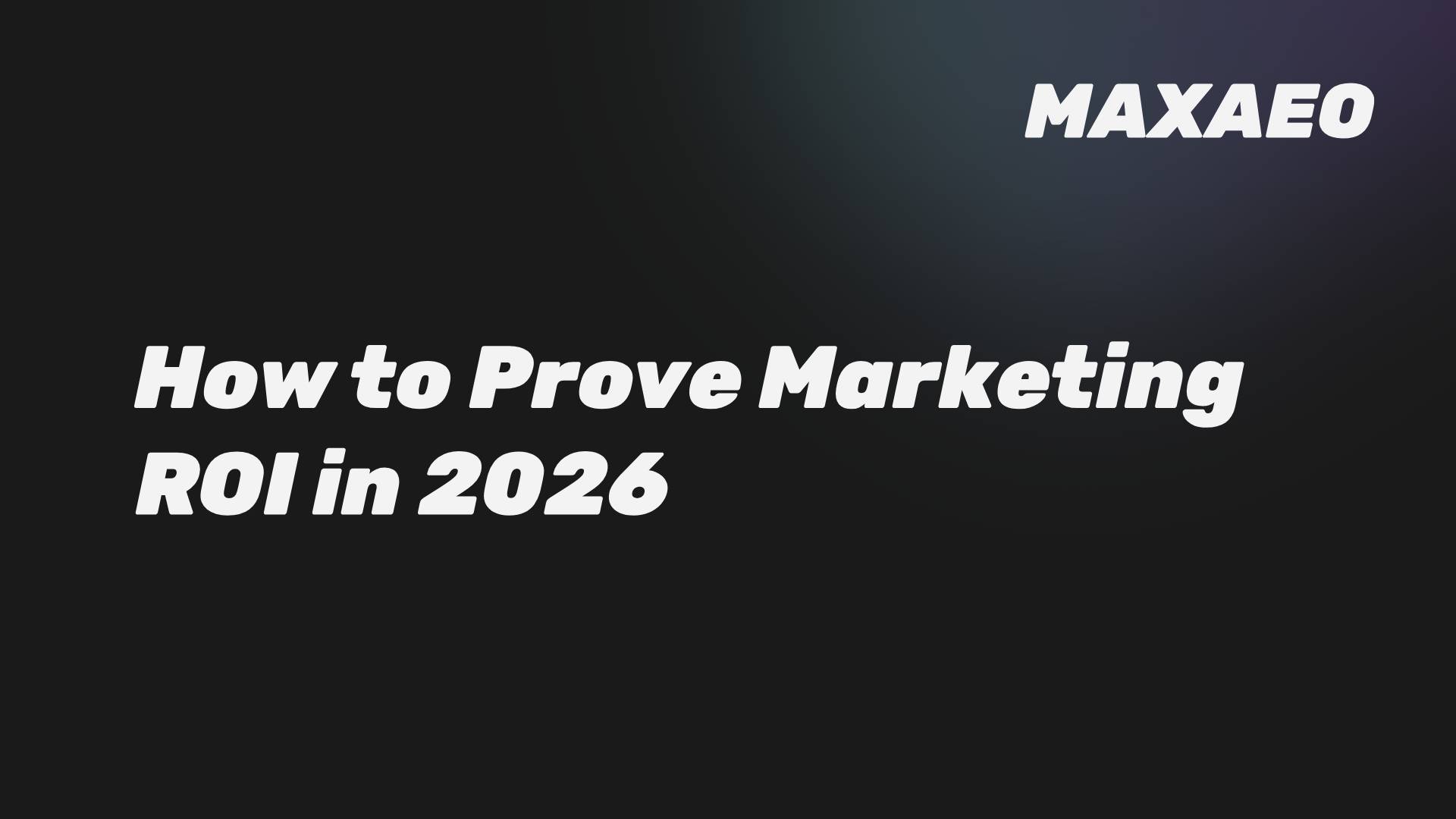
Your CEO and CFO are asking the right question: “What is the ROI of our marketing spend?” The problem is, your dashboard is giving them the wrong answer. In a world where Artificial Intelligence (AI) has created a vast, untrackable “dark funnel,” traditional metrics like clicks, impressions, and traffic are becoming dangerously misleading.
This guide provides a new framework for proving marketing ROI in the age of AI. It is a playbook for B2B leaders who need to move beyond outdated attribution models and build a compelling, data-driven case that connects AI visibility to tangible business outcomes.
Why is Your Current Marketing Dashboard Lying to You?
Your current marketing dashboard is lying because it was built for a world that no longer exists. It is designed to measure a linear, click-based customer journey. But that journey is now happening inside AI conversations, creating an AI Dark Funnel where your analytics are blind.
Relying on these “vanity metrics” is a critical business risk. It leads to undervaluing your most important new channel and making strategic decisions based on an incomplete and inaccurate picture of your performance.
What Are the New KPIs That Matter to the C-Suite?
To prove ROI, you must adopt the new Key Performance Indicators (KPIs) of influence. These metrics measure your brand’s performance inside the AI’s answer, which is the new battleground for market share. These are the core metrics of Generative Engine Optimization (GEO).
1. AI Share of Voice (SOV)
What it is: The percentage of AI-generated answers for your core topics that mention your brand versus competitors. Why it matters to a CFO: This is the primary measure of market visibility in the new landscape. A rising SOV is a leading indicator of future brand preference and lead flow.
2. Brand Sentiment Score
What it is: An analysis of the tone (positive, negative, neutral) of your brand’s representation in AI answers. Why it matters to a CFO: This is a direct measure of brand equity and risk. A negative sentiment score is a direct threat to reputation and future revenue.
3. Citation Quality & Velocity
What it is: A measure of how often your brand is cited by high-authority sources that the AI trusts. Why it matters to a CFO: This is a quantifiable measure of your brand’s authority and credibility—a key driver of long-term, defensible market leadership.
What is the New Attribution Model for AI Search?
The new attribution model shifts from direct, click-based tracking to a more sophisticated model of correlation and self-reported data. This is how you connect your AI visibility efforts to the bottom line.
Step 1: Correlate Influence with Lagging Indicators
Track your new AI KPIs alongside high-level business metrics.
- Correlation A: Does an increase in our AI Share of Voice correlate with a lift in direct and branded search traffic?
- Correlation B: Does a positive Brand Sentiment Score correlate with a higher lead-to-close conversion rate?
Step 2: Implement Self-Reported Attribution
This is the most powerful tool for illuminating the dark funnel. Add a mandatory “How did you hear about us?” field to your lead capture forms.
- The Data: One brand discovered that while less than 1% of web traffic was referred by ChatGPT, 15% of actual conversions came from users who reported discovering them there.
- The Business Case: This proves that the AI is not just a research tool; it is a powerful lead generation engine, and leads from this channel are often highly qualified.
The One-Page Reporting Template for Your CEO
Your report to the C-suite must be concise, strategic, and focused on business outcomes. Abandon the old traffic and ranking charts.
| KPI: AI-Driven Influence | Q2 Performance | Q3 Performance | Correlated Business Impact |
|---|---|---|---|
| AI Share of Voice | 10% | 30% | 15% increase in branded search volume. |
| Brand Sentiment Score | 70% Positive | 85% Positive | Higher lead-to-close rate on inbound demo requests. |
| Leads from Self-Reported AI | 5% of Leads | 15% of Leads | New, high-efficiency channel for SQLs. |
Conclusion: Measure What Matters, Not What’s Easy
Proving marketing ROI in the age of AI requires a new mindset and a new measurement framework. Clicks and impressions are the metrics of the past. The future belongs to the leaders who can measure and articulate the value of influence.
By focusing on AI-driven KPIs and connecting them to real business outcomes, you can move beyond the limitations of your old dashboard. You can build a compelling, data-driven case that secures the investment needed to dominate the new landscape of search. This is how you prove your value to the business.
To see how AI can multiply your ROI, let’s have that conversation.
